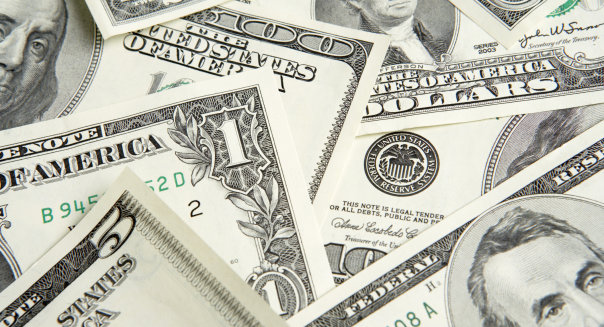
Ever since the financial crisis, regulators have worried about the safety of money-market mutual funds, where U.S. investors had $2.8 trillion parked as of last month. The Securities and Exchange Commission has approved two rules to make money-market funds safer, but in the process, some believe that the rules’ restrictions could create as many problems as they solve.
The New Money-Market Rules
First, institutional money-market funds must now disclose the value of each fund share to four decimal places, allowing prices of money-market funds to vary by as little as a hundredth of a cent on shares typically priced at $1. That rule has dramatic implications for the money-market funds that large institutional investors make. It means that those funds will have to be much more precise in managing the value of their investments to avoid the stigma of “breaking the buck” and potentially causing investors to lose principal on what’s supposed to be a highly secure investment. But the SEC resisted pressure to impose similar restrictions on the retail money-market funds that millions of Americans use to stash their cash. That means that those commonly used funds will be able to keep pricing their shares in full pennies to two decimal places.
The second change affects all funds. It requires them to impose restrictions on withdrawals under certain circumstances. Under the rules, funds are required to impose a 1 percent fee on requests from shareholders to sell their money-market fund shares if the amount of easily saleable investments in the fund drops below 10 percent of its total assets. Moreover, money-market funds can choose to impose a 2 percent fee if liquid asset levels fall below 30 percent, although such a fee requires a yes vote from the board of directors of the fund. Even more alarmingly, the 30-percent threshold also triggers the right for fund directors to prohibit withdrawals entirely for up to 10 days.
What the Rules Mean for You
In evaluating the impact of these rules on the average saver, money-fund analysts disagree. Some believe that the rules essentially make no changes for ordinary investors, because funds will hesitate to use their newfound powers for fear that they will scare their shareholders into moving their money to competitors who choose not to impose fees or prevent withdrawals.
Yet others believe that the rules could worsen any eventual future financial crisis. With the threat of halting redemptions, shareholders anticipating a problem could rush to get their withdrawal requests in early before any fund-imposed restrictions take effect. That could create exactly the run on money-market funds that the rules were designed to prevent.
The real question money-market fund investors should ask, though, is whether it really makes sense to use the funds at all in the current interest-rate environment.
With the Federal Reserve having long held short-term rates close to zero, the average money-market fund pays just 0.01 percent. By comparison, many FDIC-insured bank savings accounts pay close to 1 percent, or almost 100 times as much as most money-market mutual funds, which aren’t insured by any government agency.
Money-market funds will continue to play an important role in helping large institutions manage their money, and the new rules should go a long way toward making the money-market fund environment safer for them. For the average investor, though, money-market mutual funds haven’t made sense as a place to set aside your cash for years, and the new rules don’t do anything to make the funds more attractive than higher-paying savings alternatives.
.
•What You Need to Know About the New Mortgage Rules
•Your Midyear Guide to Managing Your Money
•4 Ways to Beat Soaring Baggage Fees


Leave a Reply